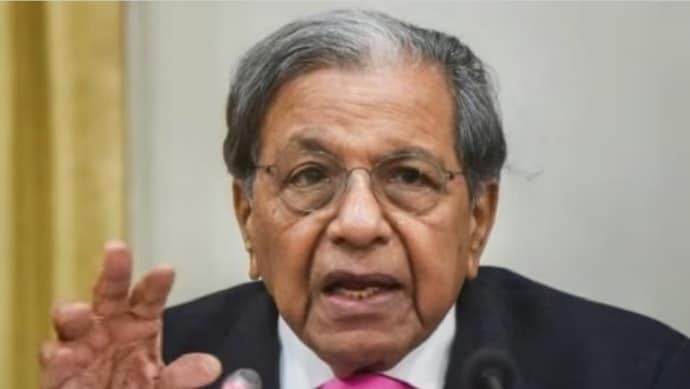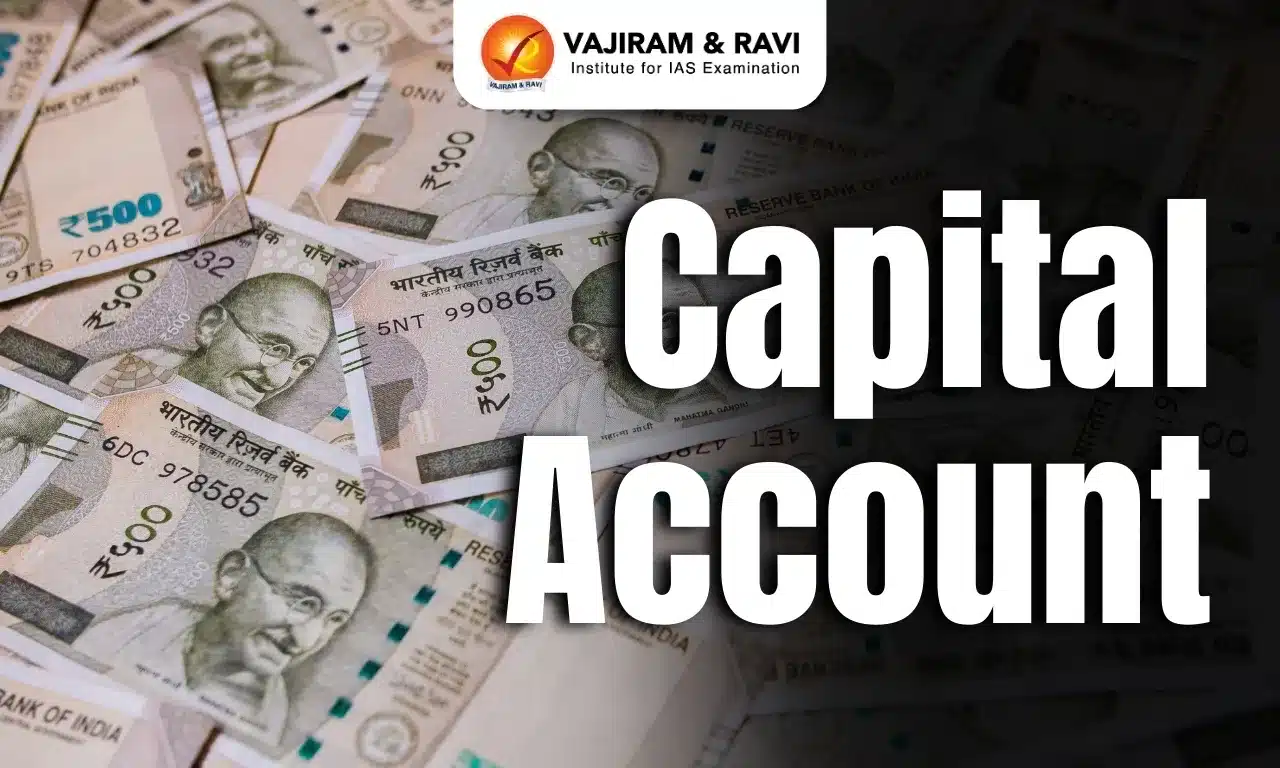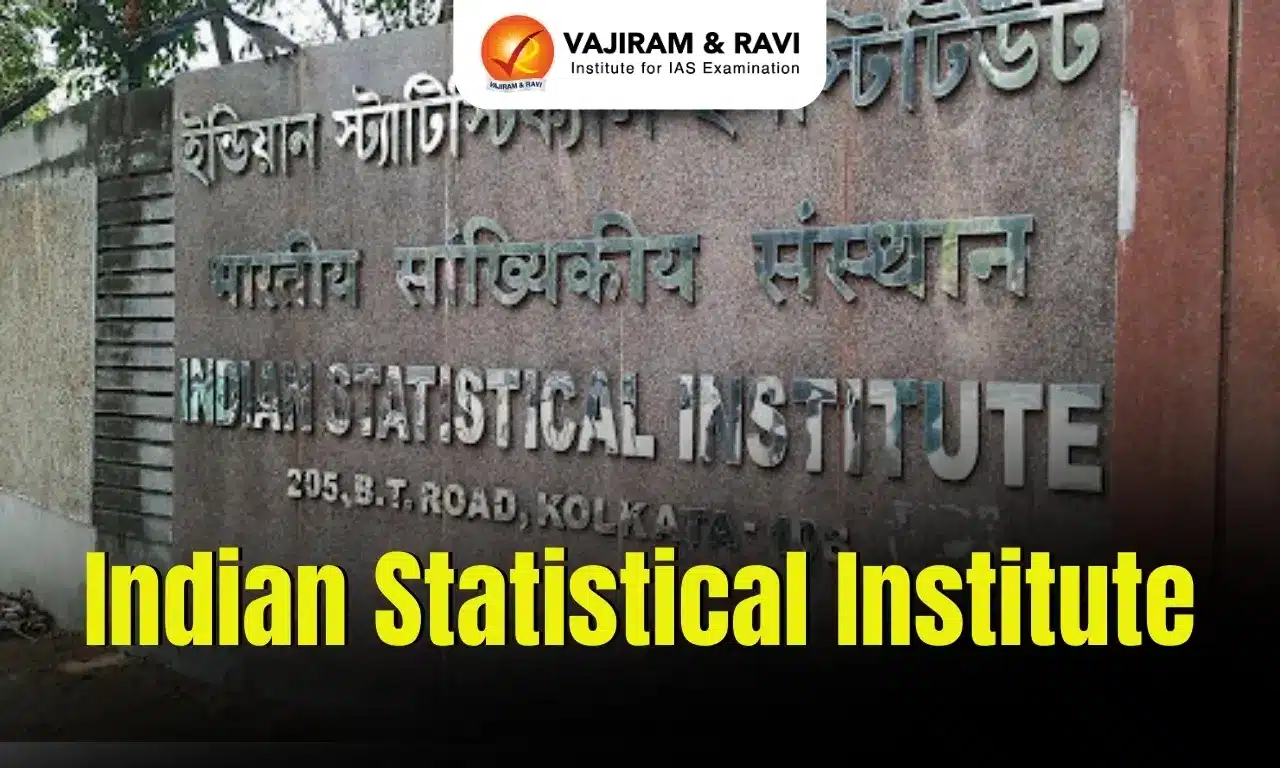What’s in today’s article?
- Why in news?
- What are Multilateral Development Banks (MDBs)?
- What are reasons behind experts advocating for reforms within MDBs?
- How have Multilateral Development Banks traditionally lent in countries such as India?
- Background: G20 Expert Group on Strengthening Multilateral Development Banks
- News Summary: Proposed reforms for World Bank and other Multilateral Development Banks
- Recommendations given by the G20 Independent Expert Group
Why in news?
- A G20 expert panel on strengthening Multilateral Development Banks (MDBs), such as the World Bank and the Asian Development Bank, has proposed some reforms.
Multilateral Development Banks (MDBs)
- Multilateral Development Banks are institutions whose members include multiple developed and developing countries.
- These banks have to fulfil certain lending obligations to facilitate developmental objectives.
- They provide financing and technical assistance to countries and organisations undertaking projects across sectors including transport, energy, urban infrastructure, and waste management.
- Usually, developed countries in MDBs contribute to the lending pool while developing countries primarily borrow from these institutions to fund development projects.
Experts advocating for reforms within MDBs
- To better deal with global challenges in effective ways
- The G20 expert group cites the climate crisis to argue that stakeholders worldwide know what needs to be done to mitigate it.
- However, they lack mechanisms to make this happen on a global scale, especially in emerging markets and developing economies (EMDEs).
- Engagement with the private sector
- The existing perception and practices of MDBs have adversely impacted their engagement with the private sector.
- MDBs are often seen as bureaucratic and risk averse, which deters the private sector from being more involved in assisting with financing.
- Given that MDBs need to ramp up financing to $390 billion by 2030, the private sector can play a pivotal role in making that happen.
- This can be done by reversing the current trend of low private financial flows to EMDEs.
- The private sector’s involvement depends on MDBs:
- embracing partnerships with the private sector;
- taking on more risk, especially credit risk and policy risk; and
- then managing it properly.
- This requires reforms in MDBs.
How have Multilateral Development Banks traditionally lent in countries such as India?
- MDBs have played a crucial role in India’s development journey by financing key infrastructure projects with longer gestation periods.
- World Bank
- The World Bank, established in 1944, has committed to lending worth $97.6 billion in India, including all active and closed projects.
- Of the total commitments:
- $18.7 billion (19%) to projects in public administration sector,
- $14.8 billion (15%) to the agriculture, fishing and forestry sector, and
- $10.6 billion (11%) to the transport sector.
- Asian Development Bank
- The Manila-based Asian Development Bank, formed in 1969, has cumulatively committed to assistance worth $59.7 billion in India for project and technical assistance.
- Of the $2 billion it committed in 2022, $1.8 billion was committed to sovereign projects, for which the loan amount is guaranteed by either the central, state, or local government(s), and just $0.2 billion to non-sovereign projects.
- Asian Infrastructure Investment Bank (AIIB)
- The Beijing-headquartered Asian Infrastructure Investment Bank (AIIB), which was formed in 2016, has approved financing worth $9.9 billion in India.
- Of the total 42 projects for which AIIB has approved financing, 29 are sovereign projects and 13 are non-sovereign projects.
- European Investment Bank
- The European Investment Bank, established in 1958, has signed off on 22 projects in India with a cumulative value of Euro 4.5 billion.
- Of the total amount, Euro 2.45 billion were signed off for the transport sector and Euro 1.5 billion for the energy sector.
Background: G20 Expert Group on Strengthening Multilateral Development Banks
- The G20 Independent Expert Group (IEG) was established by India to provide recommendations for strengthening Multilateral Development Banks (MDBs).
- The group is co-convened by Prof. Larry Summers (US) and Mr. NK Singh (India).
News Summary: Proposed reforms for World Bank and other MDBs
- The G20 expert group on strengthening MDBs has presented a 30-point roadmap for “bigger, bolder, better” versions of them.
Recommendations given by the G20 Independent Expert Group
- Shifting from financing individual projects to prioritizing programs with sectoral focus and long-term transformation plans
- The panel wants these institutions to shift from an approach of individual projects and prioritise programmes identified by national governments with sectoral focus and long-term transformation plans.
- MDBs should focus their operations on helping national governments create and operationalise their respective country platforms for the highest priority sustainable development goals (SDG).
- These platforms are voluntary mechanisms established by respective governments to encourage collaboration among development partners, based on a common strategic vision and shared priorities.
- Bring private sector engagement to the centre of MDB operations
- This can be done by breaking away from the culture of limited operational interaction between their private and sovereign financing arms.
- Greater coordination between multiple stakeholders is crucial to the success of MDBs.
- Outlined a threefold agenda for reforming MDBs
- This included:
- tripling annual sustainable lending levels to $390 billion by 2030,
- adopting a triple mandate to eradicate extreme poverty, promote shared prosperity, and contribute to global public goods,
- expanding and modernizing funding models to attract a wider range of investors through flexible and innovative means.
- This included:
- Other suggestions
- MDBs must jointly create multi-year programs & significantly increasing MDB funding.
Q1) What are sustainable development goals (SDGs)?
The Sustainable Development Goals (SDGs) are a set of 17 global goals that aim to transform the world. The SDGs are also known as the Global Goals. They were unanimously adopted by the UN in 2015 as part of its 2030 Agenda for Sustainable Development. The SDGs have a 15-year deadline for reaching them.
Q2) What is Asian Infrastructure Investment Bank (AIIB)?
The Asian Infrastructure Investment Bank (AIIB) is an international financial institution that provides financing for infrastructure projects in Asia. The AIIB’s mission is to improve social and economic outcomes in Asia.
Source: Why reforms have been proposed for World Bank, other Multilateral Development Banks; what they say | PIB | Business Today
Last updated on November, 2025
→ Check out the latest UPSC Syllabus 2026 here.
→ Join Vajiram & Ravi’s Interview Guidance Programme for expert help to crack your final UPSC stage.
→ UPSC Mains Result 2025 is now out.
→ UPSC Notification 2026 is scheduled to be released on January 14, 2026.
→ UPSC Calendar 2026 is released on 15th May, 2025.
→ The UPSC Vacancy 2025 were released 1129, out of which 979 were for UPSC CSE and remaining 150 are for UPSC IFoS.
→ UPSC Prelims 2026 will be conducted on 24th May, 2026 & UPSC Mains 2026 will be conducted on 21st August 2026.
→ The UPSC Selection Process is of 3 stages-Prelims, Mains and Interview.
→ UPSC Result 2024 is released with latest UPSC Marksheet 2024. Check Now!
→ UPSC Prelims Result 2025 is out now for the CSE held on 25 May 2025.
→ UPSC Toppers List 2024 is released now. Shakti Dubey is UPSC AIR 1 2024 Topper.
→ UPSC Prelims Question Paper 2025 and Unofficial Prelims Answer Key 2025 are available now.
→ UPSC Mains Question Paper 2025 is out for Essay, GS 1, 2, 3 & GS 4.
→ UPSC Mains Indian Language Question Paper 2025 is now out.
→ UPSC Mains Optional Question Paper 2025 is now out.
→ Also check Best IAS Coaching in Delhi

















